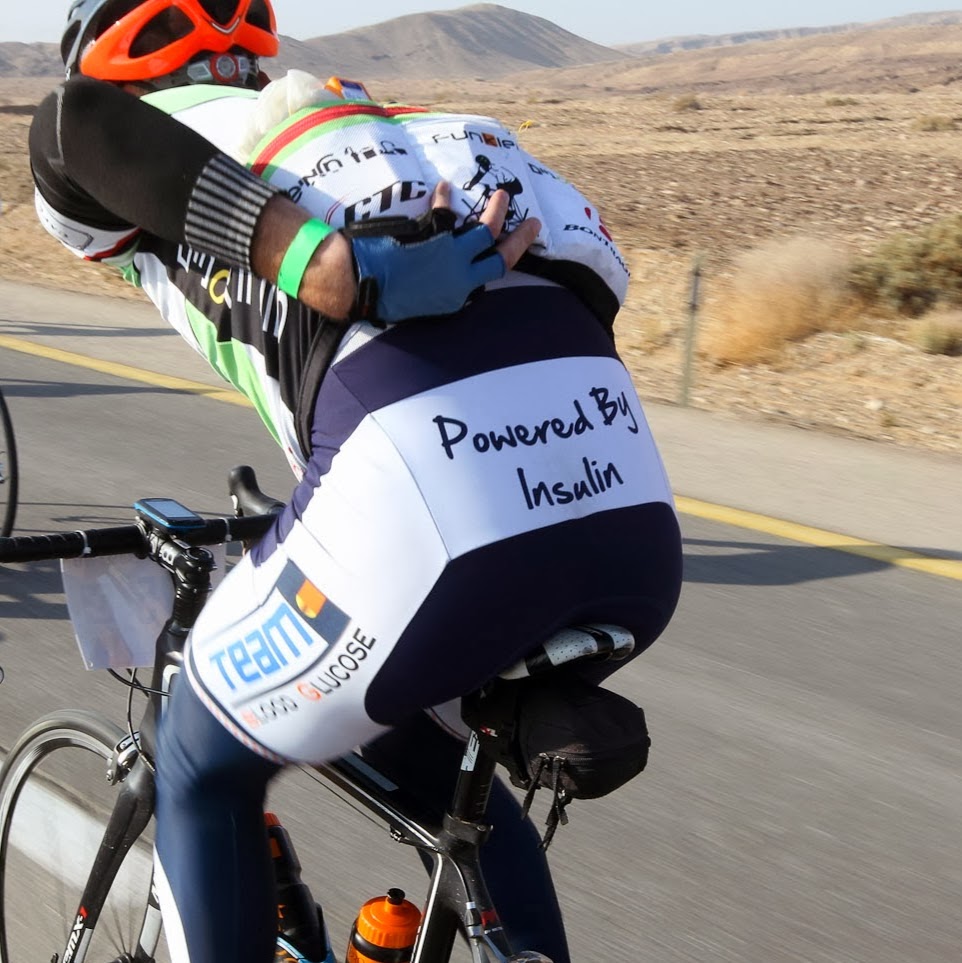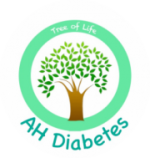My experience with T1DM and Exercise from Ann Kennedy CDE

Doing exercise and managing your diabetes can provide a real challenge. In fact for me it provided one of the biggest challenges I have faced with managing my diabetes. Until six years ago I had never really entertained the idea of getting into too much exercise – I would go for a walk most mornings but I had never pushed myself. Then I attended a diabetes workshop focused on diabetes and exercise with another two Diabetes Educators – Kate Mundy and Carol Ellway. It was organised by a fabulous group – HypoActive which is a group of people who have T1 diabetes and a serious interest in all things exercise. They are mostly based in Victoria, www.hypoactive.org.
Kate, Carol and I attended this weekend workshop in Creswick Victoria where we got the opportunity to listen to the most brilliant speakers who all had T1 diabetes and for once Kate and I did not feel out of place – but perhaps Carol who does not have diabetes may have felt a little on the outer?? It was a very different experience being surrounded by so many people with diabetes especially at meal times as we were staying at the University campus accommodation. Gary Scheiner – famous for his book- Think Like A Pancreas spoke along with Roger Haney an ultra-marathon runner who had not long been diagnosed.
At this weekend we had to nominate a sporting activity to participate in. Kate, Carol and I had primarily attended to further our knowledge as diabetes educators rather than our own interest in developing skills in exercise. Carol and I elected to do bike riding which I had never done and Kate – well I think she may have read a book …
It was then that my interest in all things bikes developed and quickly spiralled out of control into a mad passion. This was not your casual group interested in exercise this was a mob of exercise crazy people who had serious goals – Murray to Moyne bike marathon for one. Carol and I heard people speaking about the Brisbane to Gold Coast bike ride and all of sudden it was our goal—I didn’t even have a bike or know how to ride one really!
Within a few weeks of our return my friend Katrina who is also a diabetes educator and I purchased road bikes and enrolled in Bike Lines Women on Wheels eight week bike course which included yoga and weekly group rides along with weekend workshops. It was then that I found my diabetes had a mind of its own and that exercise opened up a whole new world of issues to sort – it became a big pain in the butt. This is compounded by the frustration that you feel you are exercising to improve your health but it is making your diabetes very difficult to control.
I had managed my diabetes with an Insulin pump and had done so since 2003. This exercise thing threw me a whole new curve ball. At first I tried to ride my bike with less insulin on board to stop going low but all this did was send me sky high – it was about finding the right balance. I would usually find that my BGL would drop either later in a longer ride or overnight. I managed to find a couple of other cyclists who had T1DM and was able to ask them how they managed. Hearing other peoples struggles helps to know you are not the only one having issues. It becomes a trial and error learning situation and as we with diabetes know every day is different. For me finding a group to ride with that I was able to say stop I need to check my BGL or need to eat was helpful . It is only in the last six months that I feel I have found a regime that works for me which includes the reduced TBR where I adjust the percentage of my basal rate according to my BGL at the time and try and factor in how long and hard my ride is going to be (finding the right reduction in percentage has taken a while) and having easily assessable carbohydrates which for me has come in the form of drinking Gatorade on my ride. This may not work for everyone though.
There are many helpful sites available one being Allan Bolton’s ExT1d site ( www.ext1d.com.au) which has modules to work your way through in an effort to get some understanding of the impact of exercise on your diabetes management. Another is www.runsweet.com which covers all different types of sport along with Hypoactive which I have mentioned above
Different types of exercise create different situations which as an individual you will have to problem solve your way through hopefully with the aid of your health care team.
Aerobic exercise such as cycling and swimming which is of a longer duration with low intensity will often be more likely to result in hypoglycaemia – low blood sugar levels and will usually benefit from a reduce basal rate pre-set an hour or two before your exercise or a reduction in your long acting and short acting insulin . It is important to continue to fuel exercise after one hour and continue to refuel every half hour with easily digested quicker acting carbohydrates- this could be gels or bananas – whatever works for you.
Anaerobic – short high intensity exercise such as weight lifting, sprinting or team sports can result in high blood sugar levels, hyperglycaemia. This may require a reduced correction dose of insulin to allow you to perform at your best remembering that it is likely you will go low later.
The delayed onset hypoglycaemia which will occur after both types of exercise varies from individual to individual and can be longer than twenty four hours. To manage this if on a pump you could try a reduced Temporary Basal Rate (TBR) after the event or even overnight in combination with a reduction in boluses – the same applies for those on Multiple Daily Injections (MDI) – reduce both the basal and bolus insulin. How much is a trial and error thing and as those with diabetes know every time will be different – of course! Please discuss this first with your health care professional as everyone requires a different approach which will work for them.
Children and adults who get excited or nervous before an event will sometimes have more adrenaline running around which resulting in higher blood glucose levels. This may again require a reduced correction.
Good attention to nutrition is an integral part of exercising well and getting the most from your performance whilst trying to maintain some sort of control of the frustrating BGL’s. Consuming carbohydrates and protein immediately post exercise can assist with reloading muscle glycogen. It normally takes 24-36 hours to replace muscle glycogen. Chocolate milk is a great choice for assisting with this.
Below are some tips –
- Check BGL pre event a couple of times to assess if trending up or down and treat as necessary
- Be prepared to try different strategies to work out what suits you best
- Having too much insulin on board combined with exercise has an additive effect resulting in double the lowering of BGLS and speed at which this will occur
- You need some insulin on board
- Generally insulin doses need to be lowered for exercise , you need to work on determining the balance and remember the possibility of delayed hypoglycaemia
- Taking in carbohydrate during exercise can help prevent fatigue and keep BGL at a higher level
- Grape juice works quicker than apple juice
- Warm weather makes BGL fall more rapidly
- Familiarity with an activity affects BGL with exercise – burn less glucose with familiar activity
- The only time not to exercise is if Ketones > 0.5
- Never disconnect from an insulin pump during exercise for longer than 2 hours – and do a correction
- Keep hydrated- thirst occurs after dehydration – water is best
I hope this helps those of you wanting to get out and exercise, remember anything can be done and having T1DM can’t stop you.

Ann…. Thanks for this…. I’ve watched you on this exercise journey. What determination to make it work & to figure out how not to let T1 defeat you. Go Girl!!
What great insight into exercise and T1DM. It is great that you have combined your knowledge with a personal twist. I think that this will help people with T1DM have a better understanding of their diabetes when exercising. It certainly has helped me understand the effects of exercise on T1DM more! Thank you Ann!